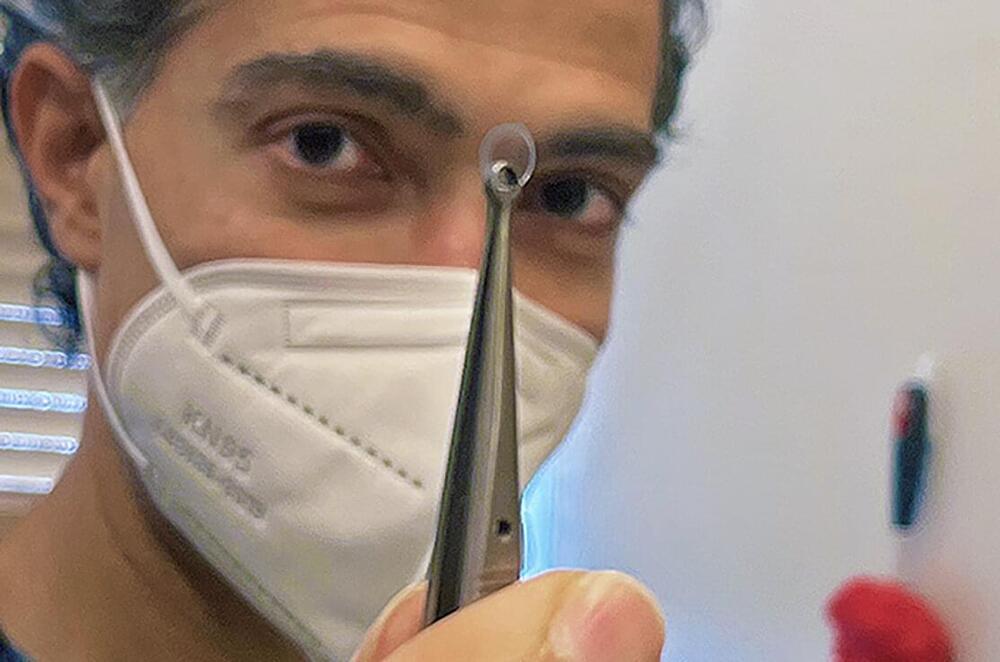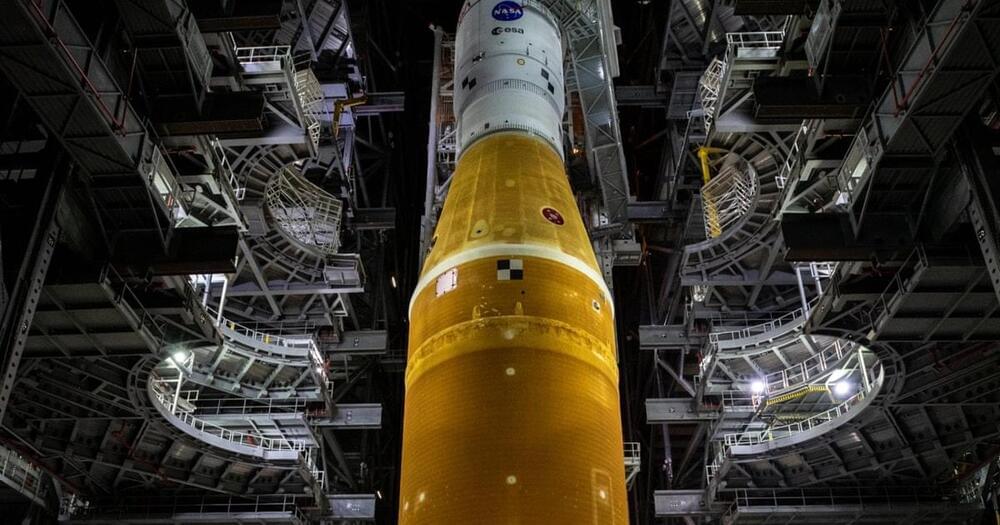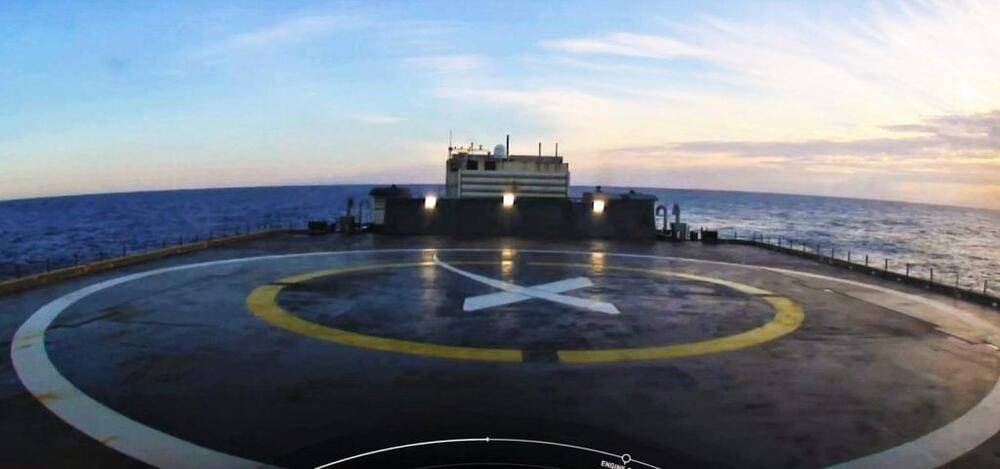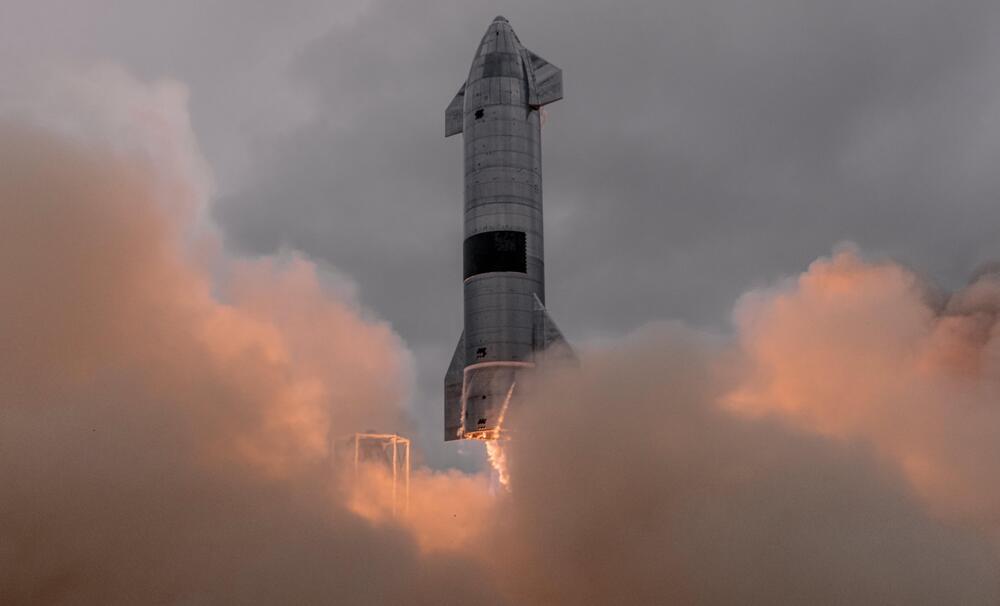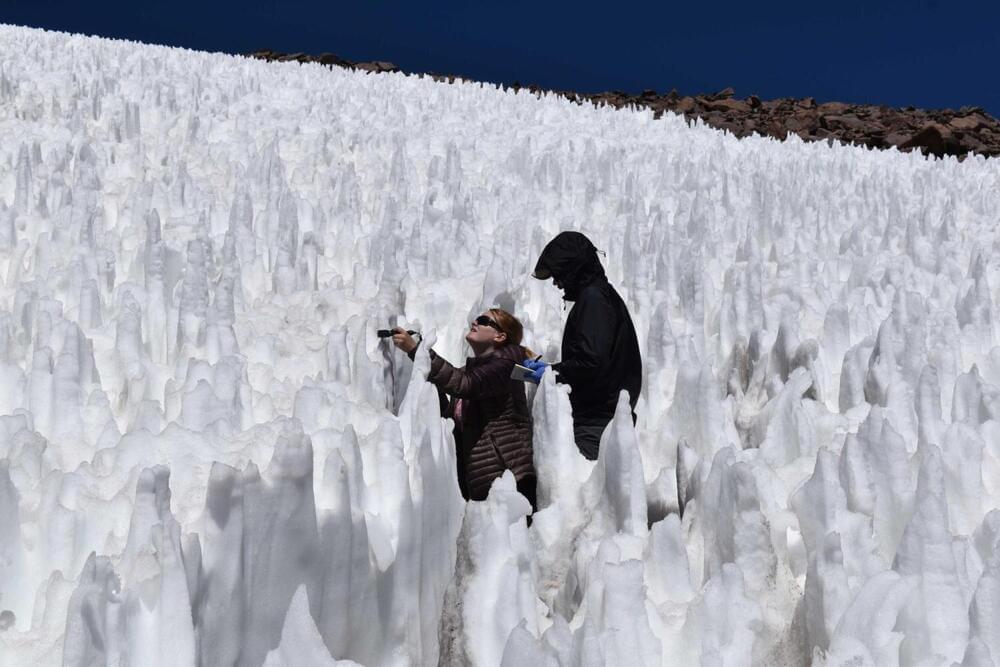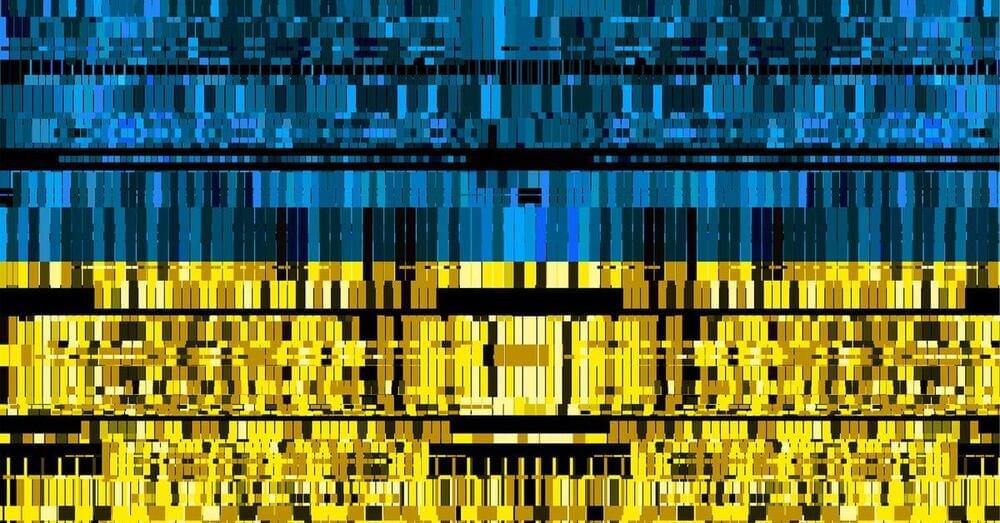Bilal Haider is studying how multiple areas of the brain work together for visual perception. This could help researchers understand if neural activity “traffic jams” underlie all kinds of visual impairments: from running a red light when visual attention is elsewhere, to shedding light on the autism-affected brain.
To do this kind of work, researchers need a reliable “map” of all the visual brain areas with specific coordinates for each unique brain. Drawing the map requires monitoring and recording data from an active, working brain, which usually means creating a window in the skull to watch blood flow activity.
Haider’s team has developed a better approach—a new kind of window that’s more stable and allows for longer-term studies. The assistant professor in the Wallace H. Coulter Department of Biomedical Engineering at Georgia Tech and Emory University explains how in a paper published in February in Scientific Reports.
